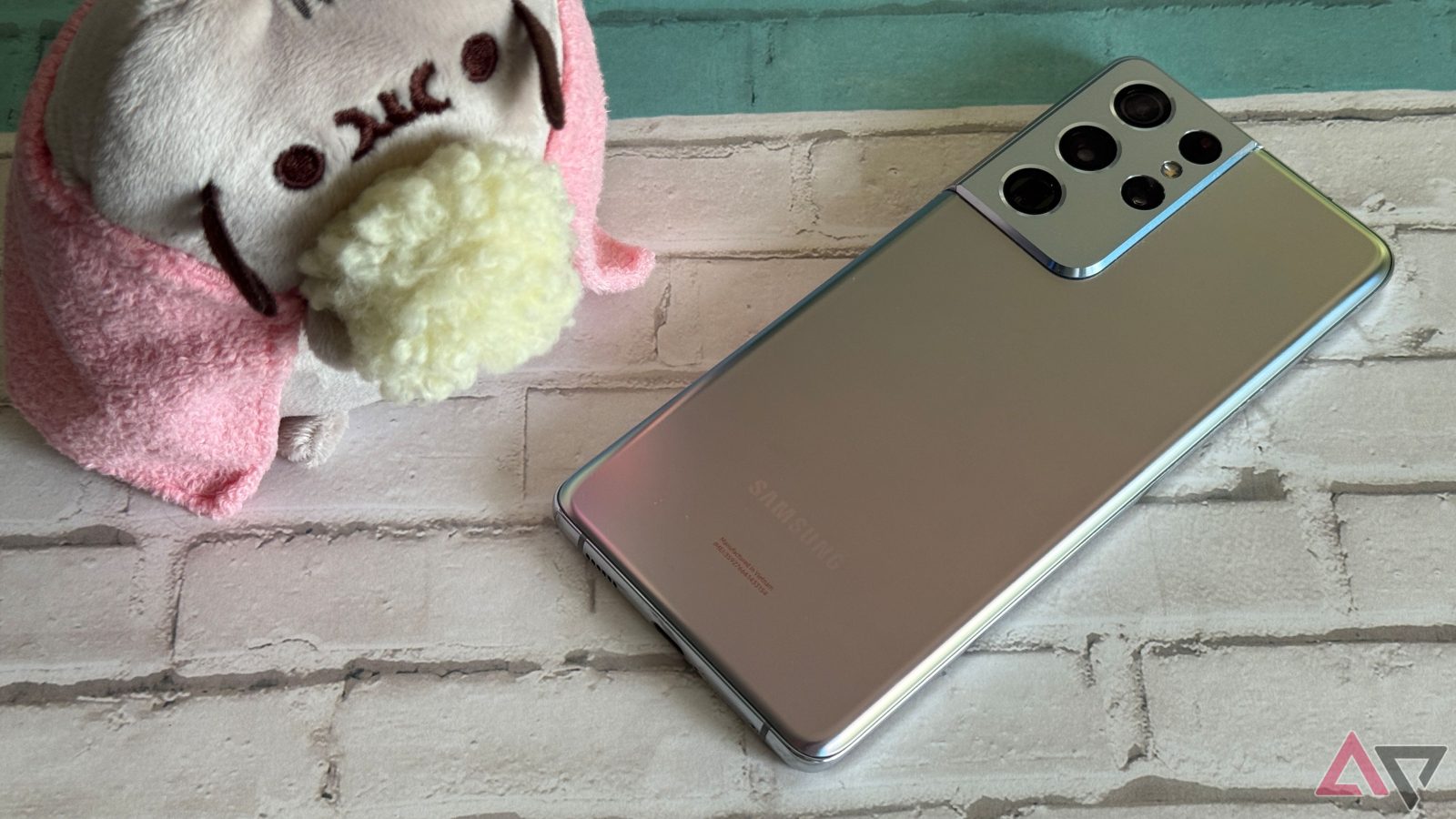When Samsung and Google started promising 7 years of phone software support, I naturally took a wait-and-see attitude. Seven years of support sounds excellent on paper, and I’m all for companies helping keep our expensive smartphones viable for longer, but if the execution is poor, what’s the point? If future updates will only cripple older devices, it’s better to leave them on previous software versions.
Thankfully, we have a vision of what the future might be like. One UI 7 on the Galaxy S21 Ultra is Samsung’s best example of how new software performs on legacy hardware. Samsung took its time releasing the One UI 7 update, but it appears the extra wait was worth it. While I’m still skeptical about what 7 years of updates will look like, here’s how One UI 7 runs on the Galaxy S21 Ultra, and why I feel it’s given the phone a new lease on life.
Related
Visual changes and new features
Improved widgets and an app drawer
As expected, One UI 7’s visual overhaul translates wonderfully to the Galaxy S21 Ultra. It was a much-needed fresh coat of paint, and even though I consider Samsung’s Android software the most reliable, the aesthetics were getting stale. If you’re coming from One UI 6.1 on your Galaxy S21 Ultra, you’ll want to change a few settings. I promise your lock screen notifications still work, but you must tweak a few options.
I love that Samsung is bringing new features to older phones, but I don’t want updates jeopardizing my experience.
One UI 7’s visual changes are the most noticeable, but Samsung made some practical additions. I love that we finally have an app drawer on our Galaxy phones. It’s a minor change, but it makes a significant difference to swipe up from the home screen and have our apps laid out like we’re used to on almost every other Android phone. If you’re a die-hard Samsung fan who wants it back the old way, the horizontal app drawer is still an option, but I’m glad Samsung made the switch. Samsung also refreshed the camera app. You won’t find LOG video on the Galaxy S21 Ultra, like you do on the Galaxy S24 and S25 Ultra, but the older Galaxy flagship still benefits from the clean design. It’s much easier to find the options you want while setting up a picture, and I’m pleased to see the changes come to the Galaxy S21 Ultra.
Performance is everything
One UI 7 runs well
I love that Samsung is bringing new features to older phones, but I don’t want updates jeopardizing my experience. Thankfully, One UI 7 is smooth on the Galaxy S21 Ultra. The animations are fantastic, and I didn’t experience any slowdowns or lag. The Snapdragon 888 powering the Galaxy S21 Ultra is just starting to show signs of aging with more intensive games and apps. However, it’s still powerful enough to deliver a high-quality experience. Samsung appears to have used the extra time to optimize One UI 7 for older hardware; the wait was worth it. The battery life was also solid. I typically got between 5–6 hours of screen-on time, which doesn’t sound impressive by today’s flagship standards, but the Snapdragon 888 was not as power-efficient as the Snapdragon 8 Elite chipset in the Galaxy S25 Ultra.
Unfortunately, it’s not all smooth sailing. The Now Bar doesn’t function 100% on the Galaxy S21 Ultra. Sports scores tend to disappear, with an issue similar to what I experienced with the Galaxy S25 Ultra on launch. Samsung corrected the problem, and the Now Bar functions well on the newer flagship, so I hope the company can bring that fix down to the Galaxy S21 Ultra. I don’t need useless Galaxy AI features like Now Brief in their current state, but I have come to enjoy the Now Bar, and I’d like to see it functioning properly on my Galaxy S21 Ultra.
What does the future hold
So far, so good for Samsung
Even though there are issues with the Now Bar, Samsung did an excellent job optimizing One UI 7 for the Galaxy S21 Ultra. I’d still expect a flagship from four years ago to perform well, but that’s not always the case if history has been a guide. Companies struggled to bring solid updates to one- and two-year-old phones, so it wasn’t a given that One UI 7 would translate well to the Galaxy S21 Ultra. However, we must consider that with Samsung’s current promises, a phone like the Galaxy S21 Ultra would receive Android upgrades for three more years. It’s not a direct comparison, because the phone wasn’t slated for that much support at launch, and modern devices have more futureproofing, but there’s still more to the story.
I’m willing to wager that we’ll see a similar roadmap to what we received on the Galaxy S21 Ultra. We’ll get most of the visual refreshes and new widgets, but some more intensive Galaxy AI features will be held back. That’s not a dealbreaker for many, especially given Samsung’s inability to convince us Galaxy AI is worth the hassle. I believe Samsung can deliver, and One UI 7 is a solid first step.
More software support makes things interesting
If older flagships are viable for longer, it makes for an interesting discussion on whether a new midrange phone or an older flagship is the best option. Flagships often have better displays and more RAM, but the downside has always been limited software support. If companies suddenly did an excellent job providing solid updates to older phones, I’d look forward to recommending phones like the Galaxy S21 Ultra for $250 instead of a compromised budget device.

Leave a Reply